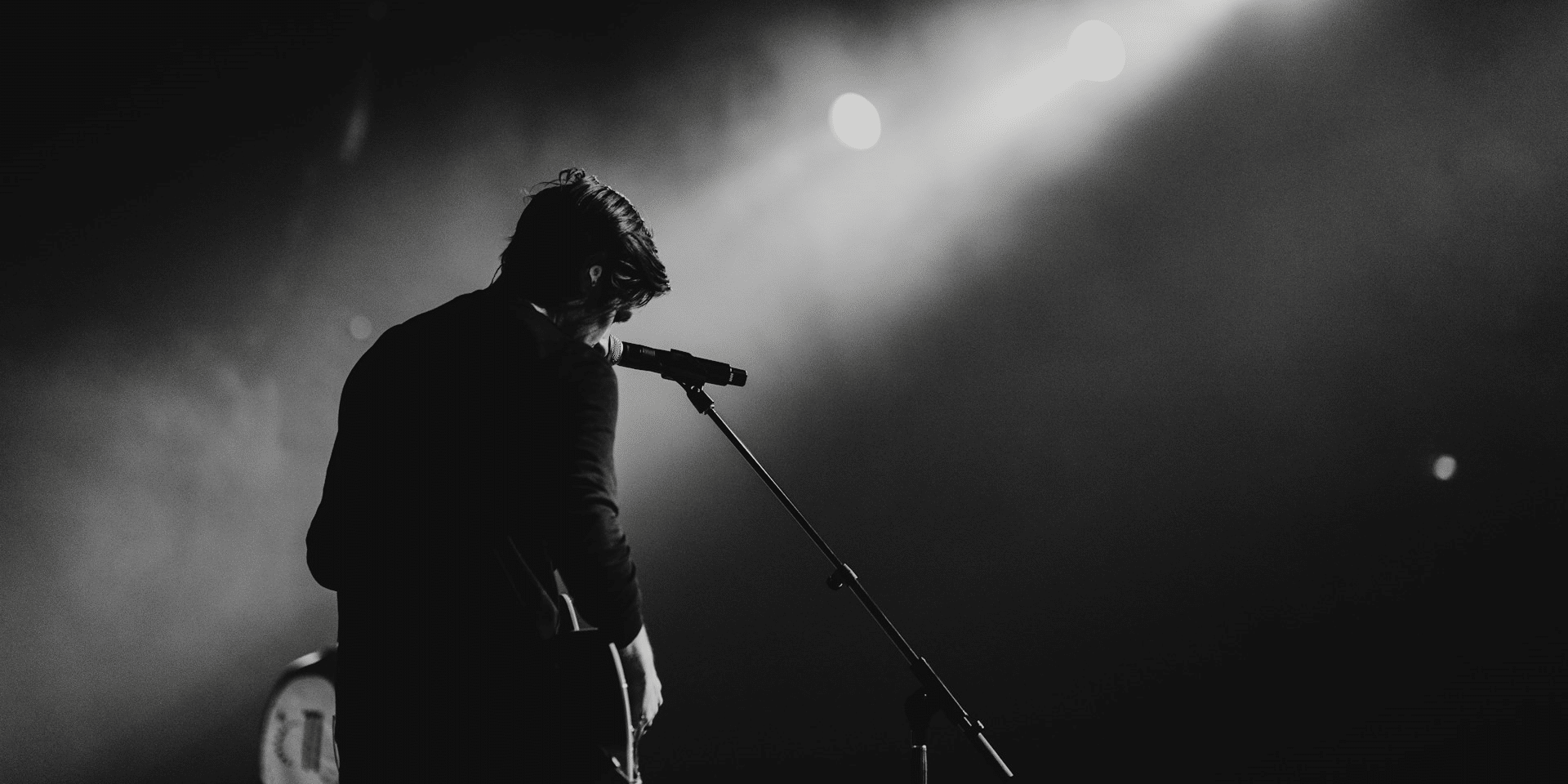Album covers serve as the visual representation of an artist’s music, often acting as the first point of contact between the listener and the album. While some album covers are elaborate and intricate, others embrace the concept of minimalism, opting for simplicity and restraint in their design. In this article, we’ll delve into the theme of minimalism in album covers, examining its appeal, characteristics, and impact on the music industry.
Understanding Minimalism in Album Covers
Minimalism is a design aesthetic characterized by simplicity, clarity, and the reduction of elements to their essential forms. In the context of album covers, minimalism involves stripping away unnecessary details and focusing on the core elements of the artwork. This can manifest in various ways, including minimalist typography, geometric shapes, monochromatic color schemes, and negative space.
Minimalist album covers often convey a sense of elegance, sophistication, and timelessness. By eliminating distractions and clutter, minimalist designs allow the viewer to focus on the central message or theme of the album, creating a powerful and memorable visual impact.
Embracing Simplicity and Restraint
One of the key characteristics of minimalism in album covers is the emphasis on simplicity and restraint. Instead of relying on elaborate illustrations or complex imagery, minimalist designs often feature clean lines, subtle textures, and understated visuals.
For example, a minimalist album cover may consist of a single, bold typographic treatment of the artist’s name and album title, set against a plain background. Alternatively, it may feature a minimalist illustration or graphic element that conveys the mood or theme of the music in a subtle and nuanced way.
Creating Visual Harmony and Balance
Minimalist album covers are often characterized by a sense of visual harmony and balance. Every element on the cover is carefully considered and strategically placed to create a cohesive and unified composition.
For example, the placement of text, images, and negative space is thoughtfully orchestrated to create a sense of equilibrium and rhythm. This careful attention to detail ensures that the album cover is visually pleasing and easy to digest, inviting the viewer to engage with the artwork on a deeper level.
Evoking Emotion and Atmosphere
Despite their simplicity, minimalist album covers have the power to evoke a wide range of emotions and create immersive atmospheres. By focusing on the essence of the music and distilling it down to its most essential elements, minimalist designs can convey a sense of mood, tone, and emotion with remarkable clarity and precision.
For example, a minimalist album cover may use subtle color gradients or textures to evoke a sense of nostalgia or melancholy. Alternatively, it may employ bold, graphic shapes and typography to convey a feeling of energy and excitement. Regardless of the approach, minimalist album covers have a unique ability to resonate with viewers on an emotional level and enhance their connection to the music.
Standing Out in a Crowded Marketplace
In today’s digital age, where music is consumed primarily through streaming platforms and digital downloads, album covers play a crucial role in helping artists and albums stand out in a crowded marketplace. Minimalist album covers, with their clean and distinctive designs, have the potential to capture the attention of listeners and pique their curiosity.
Moreover, minimalist album covers are often more versatile and adaptable across different formats and devices. Whether viewed on a small smartphone screen or a large billboard, minimalist designs maintain their impact and legibility, ensuring that the artwork remains visually compelling and recognizable across various contexts.
Setting Trends and Influencing Design
Minimalism has long been a dominant trend in the world of design, and album covers are no exception. Over the years, minimalist album covers have set trends, influenced design aesthetics, and inspired countless artists and designers to embrace simplicity and restraint in their work.
For example, the iconic album covers of artists like The Beatles, Pink Floyd, and David Bowie have become timeless examples of minimalist design, inspiring generations of musicians and designers alike. Today, minimalist album covers continue to push the boundaries of creativity and innovation, shaping the visual landscape of the music industry and leaving a lasting impression on listeners.
A Timeless Aesthetic
Minimalism in album covers is a powerful and timeless design aesthetic that has captivated artists, designers, and listeners alike. By embracing simplicity, restraint, and visual harmony, minimalist album covers have the ability to convey emotion, create atmosphere, and stand out in a crowded marketplace.
Whether through bold typography, subtle illustrations, or negative space, minimalist designs have a unique ability to capture the essence of an album and engage viewers on an emotional level. As the music industry continues to evolve, minimalist album covers will undoubtedly remain a cherished and influential aspect of music culture, shaping the way we perceive and interact with music for years to come.
















